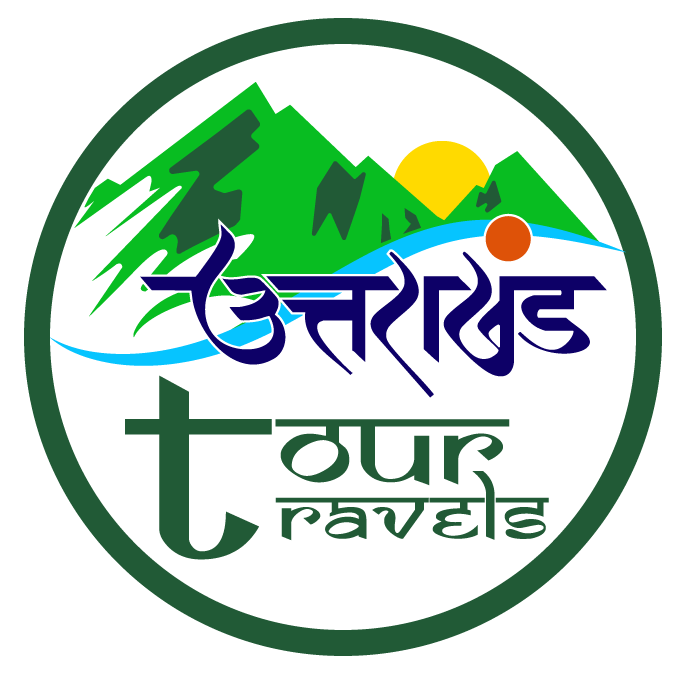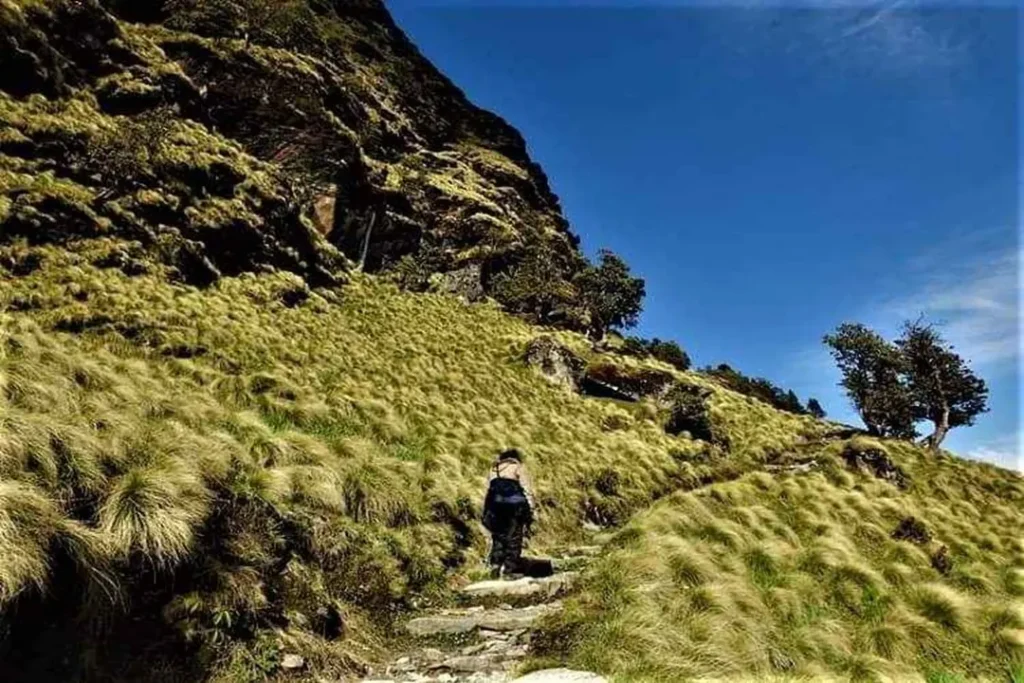Known for its mystical beauty and spiritual aura, the Rudranath trek is one of the toughest yet most rewarding journeys in Uttarakhand. Every year, adventure seekers and devotees set their sights on this sacred Panch Kedar temple, drawn by tales of Lord Shiva and breathtaking views of the Garhwal Himalayas. But what if your plans fall during the monsoon? Is the Rudranath trek safe in the rainy season? As local travel experts at Uttarakhand Tour Travels, we break down the real risks, pros, cons, and essential tips you need to know for your journey during July to September.
The Monsoon Challenge: Why is the Rudranath Trek Risky in the Rainy Season?
1. Slippery & Treacherous Trails
During monsoons (July–September), the region faces very heavy and unpredictable rainfall. Trails flood easily, quickly becoming slippery and rife with mud. Steep ascents, uneven rocky paths, and boulder-strewn rivulets—already challenging during dry months—turn perilous, raising the risk of falls and sprains with every step.
2. Frequent Landslides & Blocked Routes
The monsoon triggers frequent landslides and mudslides across Uttarakhand, especially in high-altitude regions like Chamoli. These can instantly block trekking routes, delay your journey, or put you in danger. Even road access to the base village (Sagar) may get disrupted.
3. Water Crossings and Flooding
Numerous small streams and rivers swell rapidly in the rainy season, sometimes flooding low-lying routes or washing away trail sections. Crossing these can be hazardous, especially without local expertise or up-to-date information.
4. Reduced Visibility & Leech Infestation
Cloud cover, fog, and dense mist are common in the monsoon, reducing visibility on already narrow trails. Leeches are also widespread in moist forest sections, making trekking uncomfortable.
5. Limited Rescue, Medical & Accommodation Support
Basic dharamshalas and guesthouses near Rudranath offer only limited, essential facilities—even in peak season. During the monsoon, the number of people decreases, and medical or rescue help may take longer to arrive in the event of an emergency.
Should You Trek Rudranath in Monsoon?
Bluntly put: Monsoon is not recommended for the Rudranath trek unless you are an experienced, high-altitude trekker ready to face adverse conditions and fully understand the risks involved. Your trip could be hampered or cut short by trail closures, delayed routes, or weather-related hazards, heightening anxiety and discomfort.
Travel agencies, veteran trekkers, and even local guides advise sticking to the summer months (May–June) or the post-monsoon/autumn months (September–mid-October). Trekking in these periods means clearer skies, stable trails, stunning views of Himalayan peaks, and much less risk.
Who Can Attempt the Trek in Monsoon?
-
Experienced trekkers with prior high-altitude, off-season trekking experience.
-
Those carrying professional gear (high-traction boots, ponchos, trekking poles, first-aid kits, power banks, and GPS).
-
Small, guided groups linked with local agencies like Uttarakhand Tour Travels, with flexible itineraries and support.
-
People with strong physical and mental endurance—prepared for route changes, delays, and sudden weather swings.
Top Tips by Uttarakhand Tour Travels: If You Must Trek in Monsoon
-
Check the Weather and Trail Updates:
-
Always monitor Uttarakhand weather bulletins and local news before and during the trek.
-
Confirm trail status with agencies, local administration, and village networks.
-
-
Hire a Local Guide:
-
Guides know alternate routes, can support river crossings, and are invaluable in emergencies.
-
-
Pack Properly:
-
Waterproof backpack cover, high-grip trekking shoes, raincoat/poncho, quick-dry clothes, extra socks, gloves, insect repellent, salt for leeches.
-
Extra food, water, and personal medicines.
-
-
Keep It Light and Flexible:
-
Be mentally prepared for sudden itinerary changes or the need to turn back.
-
-
Travel in a Group:
-
Avoid solo treks; group travel is safer in unstable weather conditions.
-
-
Carry Emergency Contacts & Insurance:
-
Save mountaineering rescue numbers and keep family/friends in the loop.
-
The Best Time for Rudranath Trek: Your Safe Window
-
Pre-monsoon (May–late June): Lush meadows, moderate weather, clear trails, optimum for spiritual seekers and first-time trekkers.
-
Post-monsoon/Autumn (September–mid-October): Trail stability returns, forests glow after the rains, cold but comfortable—ideal for photography and exploration.
Why Choose Uttarakhand Tour Travels for Your Rudranath Trek?
-
Local Expertise: Up-to-date ground information and expert guides.
-
Flexible Packages: Custom itineraries for all seasons.
-
Safety Priority: First aid-equipped treks, early warning systems, and a support network in place.
-
Responsible Trekking: Eco-friendly practices, community involvement, and mountain safety training for guides.
Conclusion: Should You Attempt the Rudranath Trek in Monsoon?
The spiritual magnetism and natural beauty of the Rudranath temple are undeniable, but the risks during the monsoon shouldn’t be underestimated. Unless you are an expert trekker, it’s best to avoid the rainy season for this journey. Book your trek with Uttarakhand Tour Travels in the safer months for a sublime, memorable—and safe—pilgrimage through the Himalayas. Adventure is best when it’s undertaken wisely!
For expert planning, custom itineraries, and real-time advice, connect with Uttarakhand Tour Travels—your trusted local expert for the Rudranath trek and beyond.


